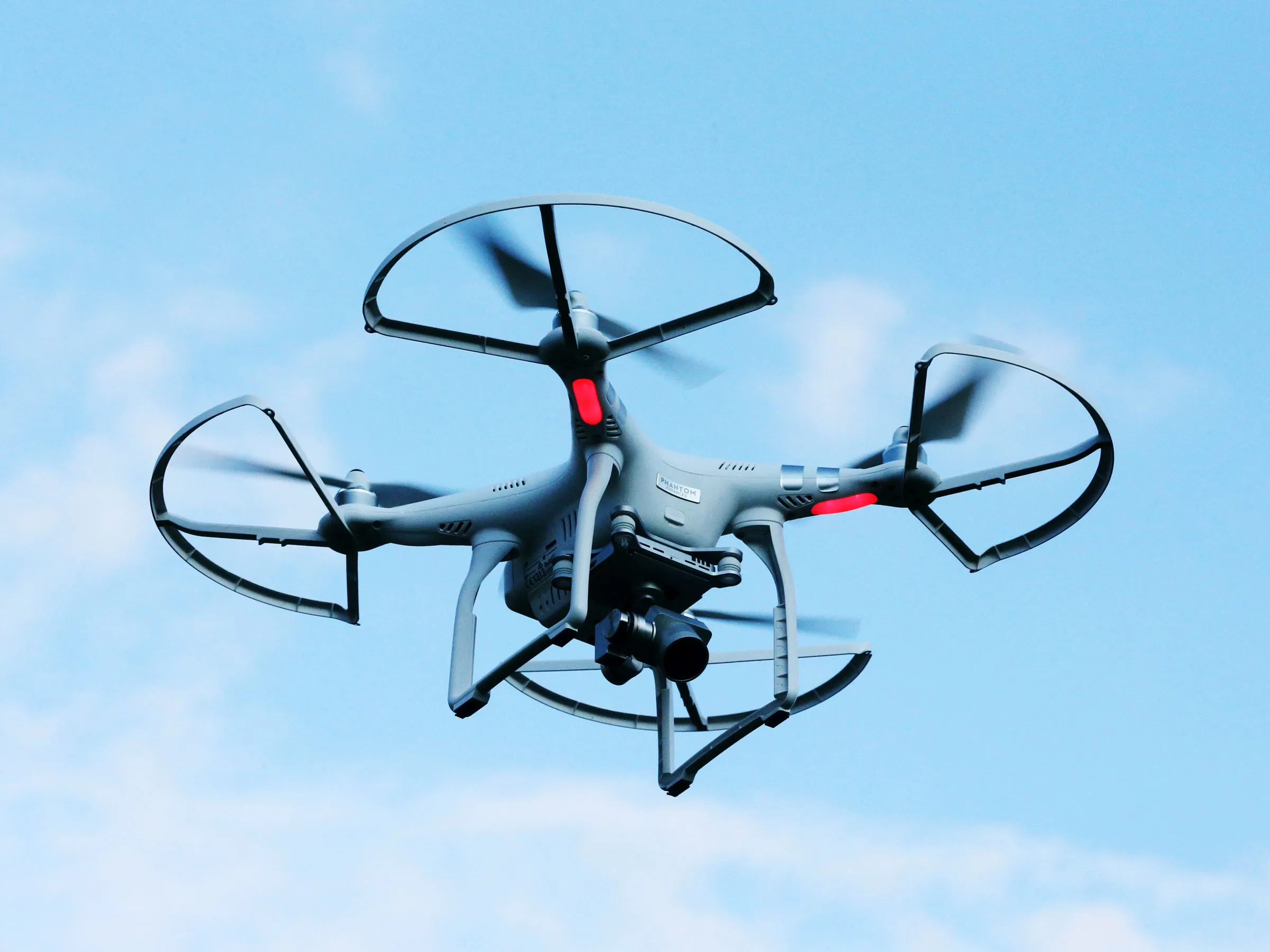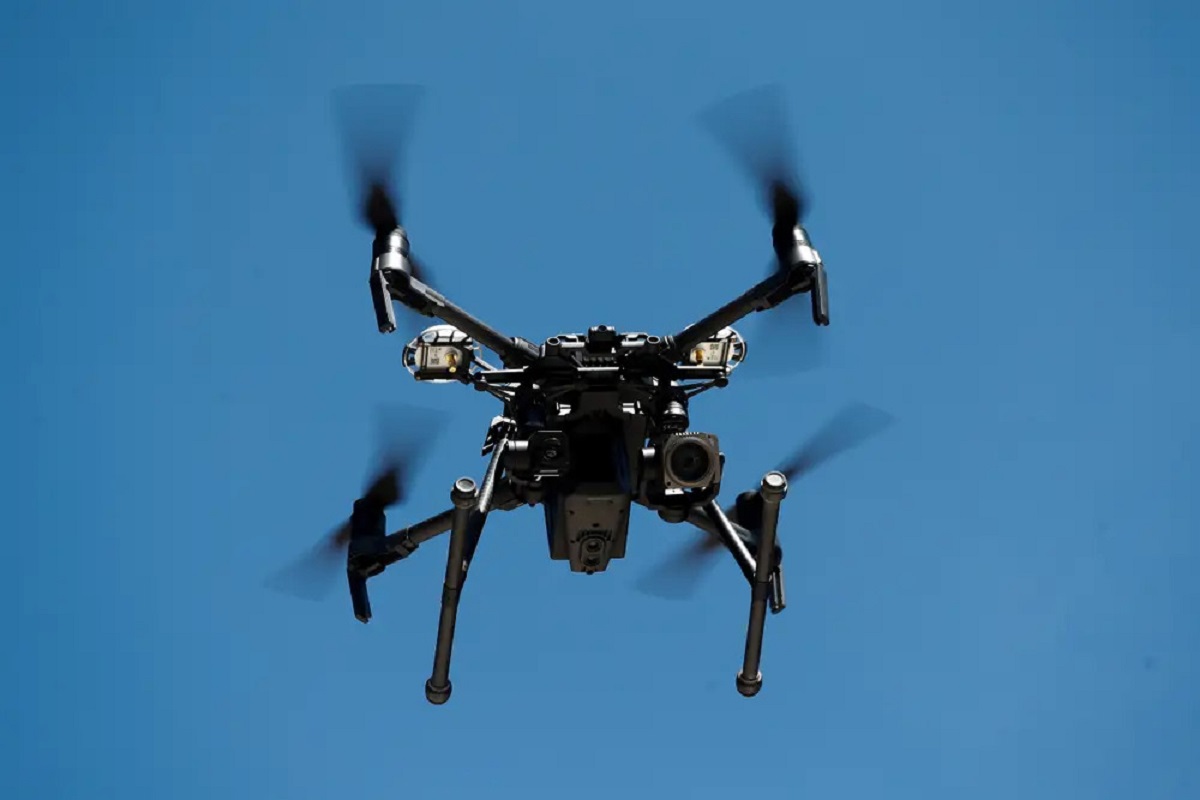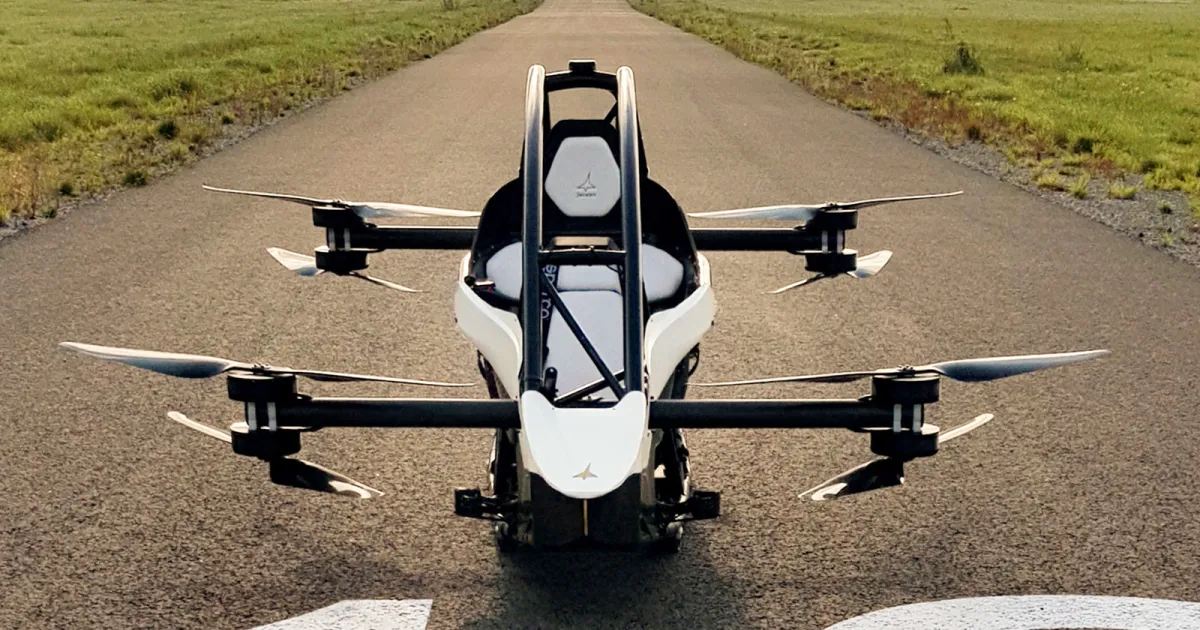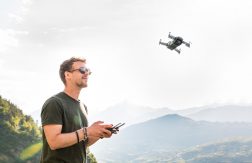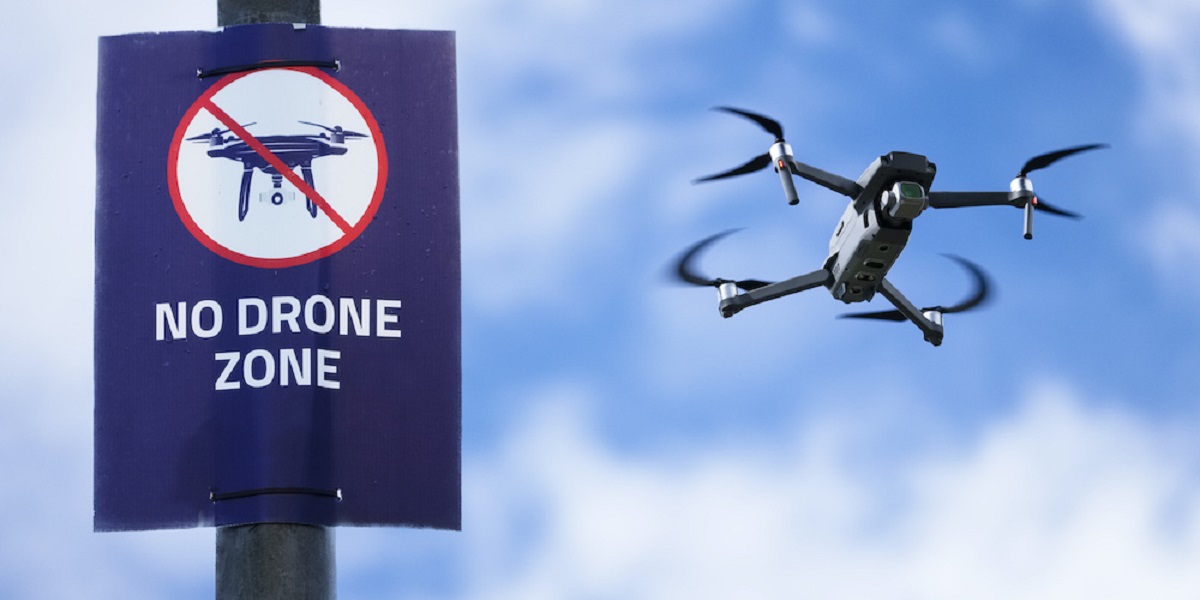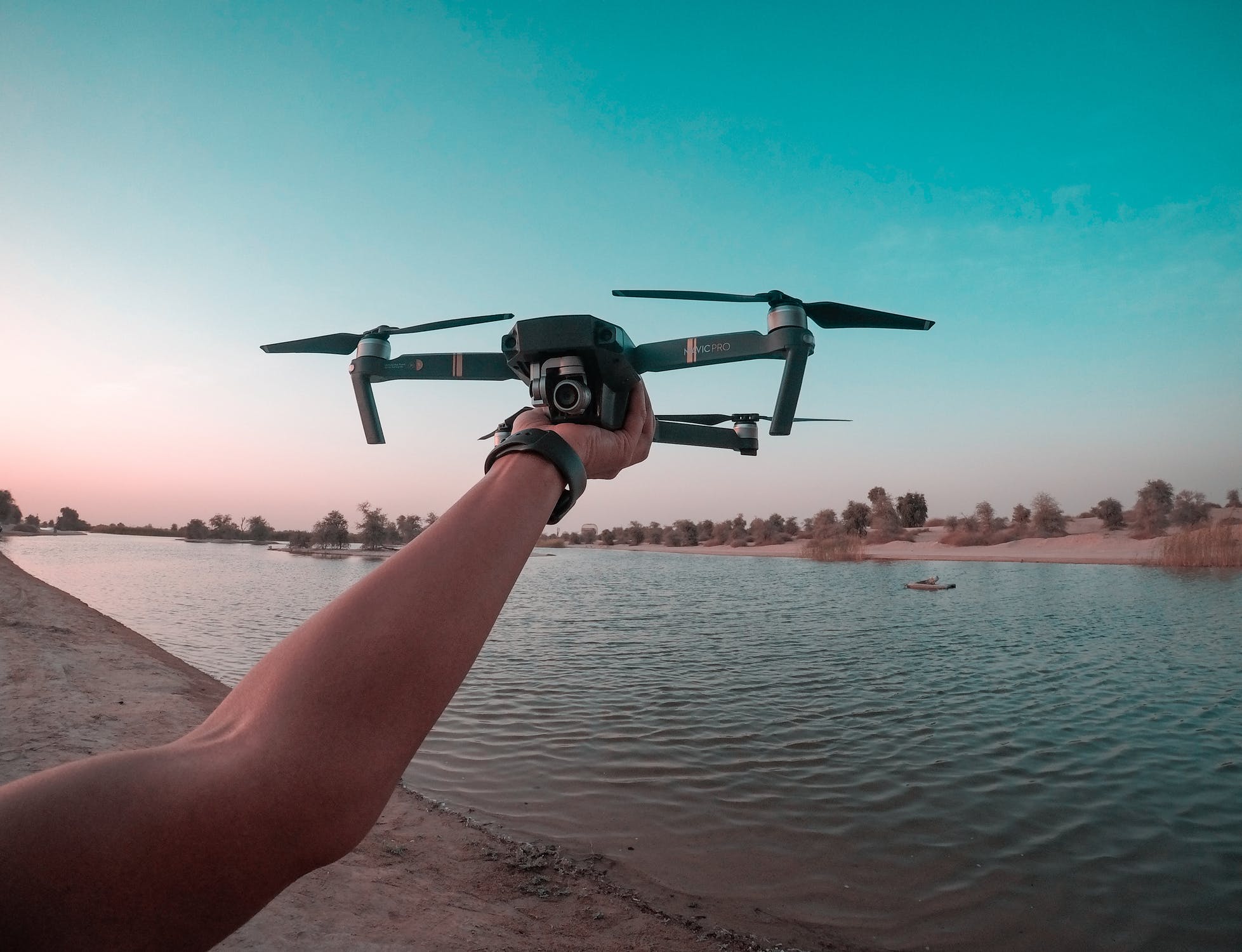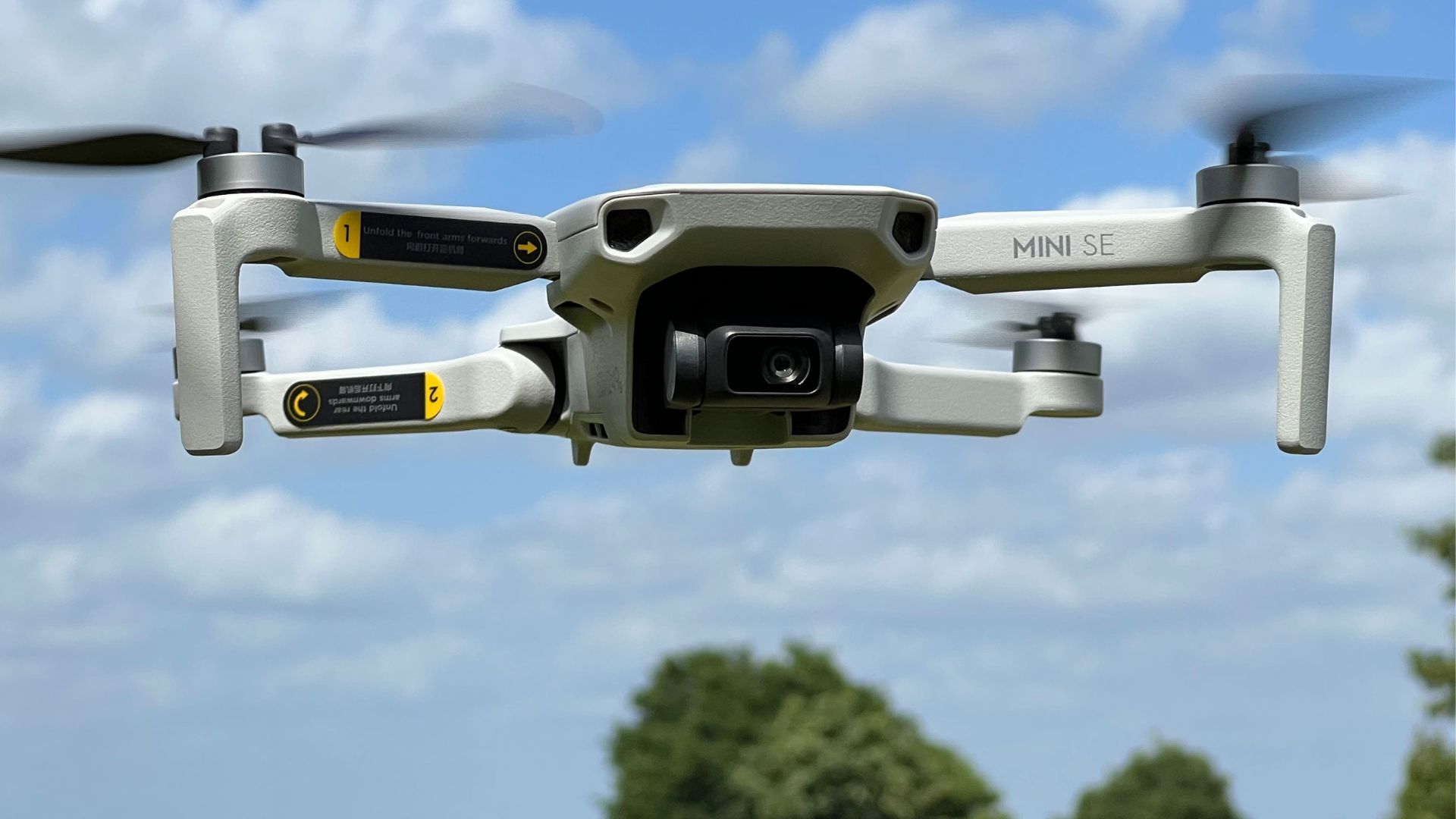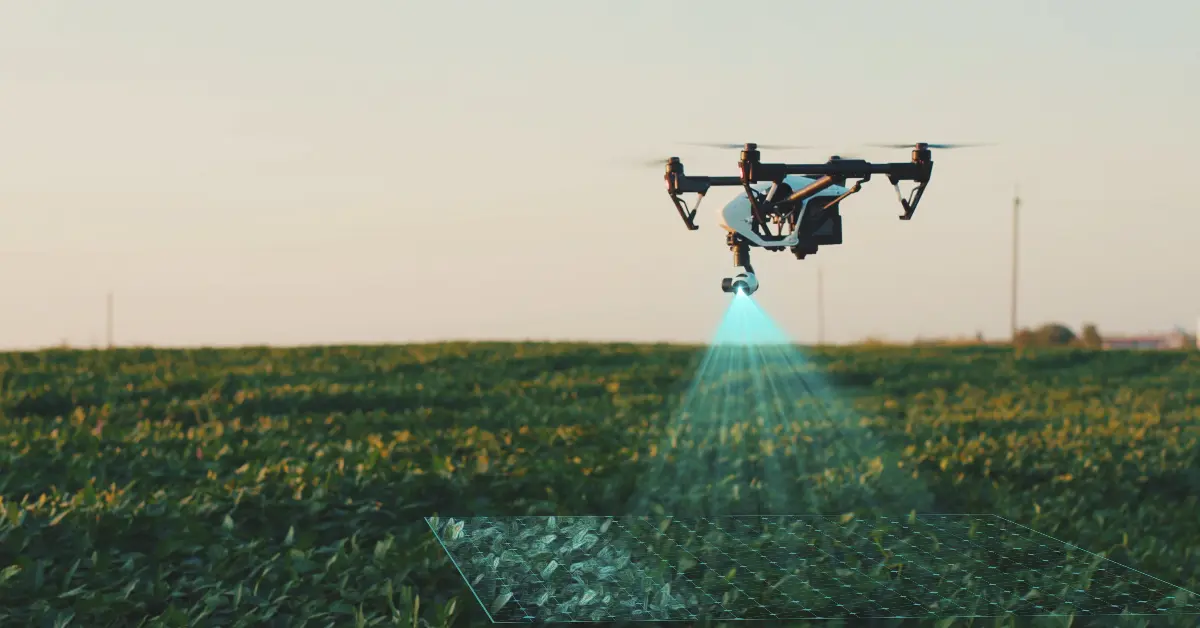Introduction
Welcome to the exciting world of drones! Unmanned aerial vehicles (UAVs), commonly known as drones, have captured the imagination of enthusiasts and professionals alike. These versatile devices provide a thrilling aerial perspective and have various applications in photography, videography, surveying, and more.
However, operating a drone comes with certain responsibilities. Whether you want to fly for recreational purposes or utilize them commercially, it is crucial to understand the rules and regulations surrounding drone usage. One of the key aspects is knowing how high you can fly a drone without a license.
In this article, we will explore the height limitations for recreational and commercial drone flights, the process of obtaining licenses and certifications, and the consequences of flying without a license.
Please note that the information provided here is based on general guidelines and regulations. It is essential to check with your local drone authority or aviation authority to ensure compliance with specific rules and restrictions in your area.
So, whether you’re a hobbyist planning to capture breathtaking aerial shots or a business owner looking to harness the power of drones for commercial purposes, let’s dive in and discover how high you can fly a drone within the legal framework!
Understanding the Rules and Regulations
Before you take flight with your drone, it is crucial to have a clear understanding of the rules and regulations governing its operation. These guidelines have been put in place to ensure safety, privacy, and responsible drone usage.
One of the primary governing bodies responsible for regulating drone flights is the Federal Aviation Administration (FAA) in the United States. The FAA provides rules and guidelines for both recreational and commercial drone pilots.
For recreational drone flying, the FAA has outlined specific guidelines that include the height limitations. According to the FAA, recreational drone pilots should fly their drones no higher than 400 feet above ground level. This height restriction helps to ensure the safety of other aircraft operating in the airspace.
Commercial drone operations follow a different set of rules and regulations. In the United States, commercial drone pilots are required to obtain a Part 107 Remote Pilot Certificate from the FAA. These certified pilots can fly their drones up to a maximum altitude of 400 feet above ground level, unless they have obtained a special waiver from the FAA.
It is important to understand that these height limitations are in place for a reason. Flying higher than the designated altitude can pose a significant risk to other aircraft and compromise the safety of people and property on the ground.
Additionally, it’s worth noting that these regulations can vary from country to country. If you plan to operate your drone outside of the United States, make sure to familiarize yourself with the specific rules and regulations of the respective country to ensure compliance.
By familiarizing yourself with the rules and regulations, you can operate your drone safely and responsibly while enjoying the incredible capabilities and perspectives that drones offer.
Flying a Drone for Recreational Purposes
Flying a drone for recreational purposes can be a thrilling and enjoyable experience. Whether you’re capturing stunning aerial photos or exploring beautiful landscapes from above, recreational drone flying offers a unique perspective.
When it comes to flying a drone recreationally, there are certain rules and guidelines that you need to follow to ensure safety and compliance. As mentioned earlier, one of these rules includes the height limitations for recreational drone flights.
According to the Federal Aviation Administration (FAA), recreational drone pilots are restricted to flying their drones no higher than 400 feet above ground level. This height limitation is crucial to maintain a safe airspace and avoid potential conflicts with manned aircraft. It ensures that drones do not interfere with the operations of other aircraft such as planes or helicopters.
In addition to height limitations, recreational drone pilots need to be aware of other regulations, including flying within line of sight, avoiding restricted airspace such as airports or government facilities, and respecting the privacy of others.
It is essential to familiarize yourself with these rules and regulations before taking flight. Understanding the limitations and responsibilities that come with recreational drone flying will help you operate your drone safely and responsibly.
Moreover, it’s always a good practice to keep yourself updated with any changes or updates to the regulations. The FAA, as well as local drone associations and authorities, provide resources and information to ensure that recreational drone pilots stay informed and compliant.
By adhering to the rules and regulations, recreational drone pilots can enjoy their flights while ensuring the safety of themselves, others, and the airspace. So, get ready to embark on exciting aerial adventures and capture stunning visuals with your recreational drone within the legally permitted height!
Flying a Drone for Commercial Purposes
If you’re considering using a drone for commercial purposes, such as aerial photography, videography, or inspections, there are specific rules and regulations that you need to be aware of. Flying a drone commercially requires a different set of guidelines to ensure safety, professionalism, and compliance.
In the United States, commercial drone pilots are required to obtain a Part 107 Remote Pilot Certificate from the Federal Aviation Administration (FAA). This certification demonstrates that you have the necessary knowledge and skills to operate a drone safely and responsibly for commercial purposes.
One of the key regulations for commercial drone flights is the height limitation. Commercial drone pilots are generally restricted to flying their drones no higher than 400 feet above ground level, similar to recreational drone pilots.
However, there can be exceptions to this height limitation. Under certain circumstances, commercial drone pilots can obtain a special waiver from the FAA to fly their drones above the 400-feet limit. This waiver is typically granted for specific projects that require operations at a higher altitude, such as aerial surveys or filmmaking.
Obtaining a waiver requires demonstrating a compelling case for operating above the usual height limit, along with the necessary safety precautions and risk mitigation measures. It is crucial to consult with the FAA or your local aviation authority to determine the specific requirements and procedures for obtaining a waiver in your jurisdiction.
In addition to height limitations, commercial drone pilots must also comply with other regulations, including flying within line of sight, respecting restricted airspace, and obtaining proper permissions and authorizations for specific locations or scenarios. It is essential to conduct thorough research and stay informed about the current regulations to operate your drone commercially legally and professionally.
By adhering to the rules and regulations for commercial drone flights, you can embrace the opportunities that drones offer for various industries. Whether you’re capturing stunning aerial footage for a film production or conducting inspections for infrastructure projects, flying a drone commercially can revolutionize the way you work and provide unique perspectives.
Remember, safety, compliance, and professionalism should always be top priorities when flying a drone for commercial purposes. So, get certified, stay informed, and enjoy the exciting possibilities that come with being a commercial drone pilot!
The Height Limitations for Recreational Drone Flights
When it comes to flying a drone recreationally, there are specific height limitations that you must adhere to ensure safety and compliance with regulations. These height limitations aim to prevent potential conflicts with manned aircraft and maintain a safe airspace for all users.
According to the Federal Aviation Administration (FAA) in the United States, recreational drone pilots are typically restricted to flying their drones no higher than 400 feet above ground level. This altitude limitation aims to ensure that recreational drones do not interfere with the operations of other aircraft, such as planes or helicopters, which typically operate above this altitude.
By adhering to the height limitation, recreational drone pilots can mitigate the risks of potential collisions or disruptions in the airspace. It is essential to maintain a safe distance from other aircraft to avoid accidents and ensure the safety of everyone in the sky.
It’s crucial to note that the 400-feet height limitation is a general guideline that applies in the United States. Other countries may have different height restrictions for recreational drone flights, so make sure to consult the regulations specific to your location before taking off.
Furthermore, it’s essential to fly within your line of sight and avoid flying over congested areas, stadiums, emergency response efforts, or near airports. Respecting these guidelines, in addition to adhering to the height limitations, helps ensure the safety of all individuals and property on the ground.
Recreational drone pilots also have a responsibility to respect the privacy of others when flying their drones. It’s important to avoid flying over private properties without prior permission and to be aware of any local regulations regarding privacy and drone usage.
By understanding and adhering to the height limitations and other regulations for recreational drone flights, you can enjoy flying your drone safely and responsibly. Always stay informed about any updates or changes in the regulations to ensure compliance and protect the welfare of others.
The Height Limitations for Commercial Drone Flights
When it comes to flying a drone for commercial purposes, there are specific height limitations that need to be followed to ensure safety, professionalism, and compliance with regulations. These height limitations aim to maintain a safe airspace while allowing commercial drone pilots to conduct their operations effectively.
In the United States, commercial drone pilots are generally restricted to flying their drones no higher than 400 feet above ground level, similar to recreational drone pilots. This altitude limitation is in place to prevent potential conflicts with manned aircraft and ensure the safety of all users of the airspace.
However, there are circumstances where commercial drone pilots can operate above this height limitation. With the appropriate waivers from the Federal Aviation Administration (FAA), commercial drone pilots can obtain permission to fly their drones above the 400-feet limit for specific projects that require operations at a higher altitude.
To obtain a waiver, commercial drone pilots must present a valid case that demonstrates the necessity of flying above the usual height limit. This may include providing detailed flight plans, risk mitigation measures, and safety protocols to ensure the safe operation of the drone at higher altitudes.
It’s important to note that the process of obtaining a waiver for flying above 400 feet can vary depending on the specific jurisdiction. It is crucial to consult with the FAA or the local aviation authority to understand the requirements and procedures for obtaining such waivers.
Even with the possibility of operating above the height limitation, commercial drone pilots must still exercise caution and adhere to safety guidelines. It is essential to maintain a safe distance from other aircraft and avoid congested airspace, airports, and restricted areas.
By understanding and complying with the height limitations for commercial drone flights, along with other relevant regulations, commercial drone pilots can operate their drones safely, responsibly, and professionally. Always stay updated on the latest regulations and guidelines to ensure compliance and maintain a high standard of operation.
Obtaining the Necessary Licenses and Certifications
If you plan to fly a drone for commercial purposes, it is essential to obtain the necessary licenses and certifications to ensure legal and responsible operation. These credentials demonstrate your knowledge, skills, and commitment to operating a drone safely and professionally.
In the United States, commercial drone pilots are required to obtain a Part 107 Remote Pilot Certificate from the Federal Aviation Administration (FAA). This certification signifies that you have passed the FAA’s aeronautical knowledge test and understand the rules and regulations for commercial drone flights.
To obtain the Part 107 Remote Pilot Certificate, you must be at least 16 years old, be able to speak and understand English, and pass the aeronautical knowledge test administered by an FAA-approved testing center. The test covers various topics such as airspace, weather, drone operations, and emergency procedures.
Once you have successfully passed the test, you can apply for your Remote Pilot Certificate through the FAA’s Integrated Airman Certification and Rating Application (IACRA) system. This certificate is valid for two years and allows you to legally operate a drone for commercial purposes within the FAA’s guidelines.
In addition to the Part 107 certification, there may be other certifications or authorizations required depending on the nature of your commercial drone operations. For example, if you plan to operate a drone for certain specialized purposes such as aerial photography or surveying, you may need to obtain specific certifications or permissions from relevant authorities.
It’s important to stay informed about any updates and changes to the certification process and requirements. The FAA provides resources and guidelines for maintaining and renewing your Remote Pilot Certificate, ensuring that you stay up to date with the evolving rules and regulations.
Remember that obtaining the necessary licenses and certifications is not only a legal requirement but also a demonstration of your competence and dedication to safe and responsible drone operation. By acquiring the proper credentials, you are not only ensuring compliance with regulations but also gaining the trust and confidence of clients and potential business partners.
So, if you’re planning to fly a drone for commercial purposes, invest the time and effort to obtain the necessary licenses and certifications. It’s a vital step towards building a professional and successful career in the field of commercial drone operations.
The Consequences of Flying a Drone Without a License
Flying a drone without the required licenses and certifications can have serious consequences, both legally and in terms of safety. It is essential to understand the potential risks and penalties associated with operating a drone without obtaining the proper authorization.
One of the primary consequences of flying a drone without a license is the risk of legal repercussions. In many countries, including the United States, operating a drone commercially without a Part 107 Remote Pilot Certificate or similar authorization is a violation of aviation regulations. This can result in fines, legal action, and potential criminal charges.
Additionally, flying a drone without the necessary certifications may result in civil liability. If your drone causes damage to property, injures someone, or invades someone’s privacy, you could be held financially responsible for the damages. Having the appropriate licenses and certifications can provide a level of protection and demonstrate that you were operating your drone in a responsible and lawful manner.
Furthermore, operating a drone without the proper training and knowledge can pose significant safety risks. Licensed drone pilots undergo a comprehensive training program that covers various aspects such as flight planning, emergency procedures, and understanding airspace restrictions. Without this training, you may not have the necessary skills to handle various situations effectively, increasing the likelihood of accidents or incidents.
In many cases, insurance providers may also require proof of licensure before providing coverage for commercial drone operations. Flying without the proper certification could invalidate any insurance policies you have, leaving you personally liable for any damages or liabilities that may arise.
It’s crucial to recognize that the consequences of flying a drone without a license extend beyond legal and financial repercussions. Irresponsible drone operation can harm the reputation of the entire drone community, leading to stricter regulations and public mistrust.
By obtaining the necessary licenses and certifications, you demonstrate your commitment to safety, professionalism, and responsible drone use. It not only helps you avoid legal troubles and potential liabilities but also contributes to the overall positive perception of the drone industry.
So, before you take flight with your drone, ensure that you have obtained the required licenses and certifications. It’s a small investment in time and effort that can protect you legally, financially, and contribute to the safe and responsible growth of the drone industry.
Conclusion
Operating a drone, whether for recreational or commercial purposes, comes with certain responsibilities and regulations that must be followed. Understanding the height limitations for drone flights, obtaining the necessary licenses and certifications, and adhering to the rules and guidelines are vital for safe and legal operation.
For recreational drone pilots, the height limitations typically restrict flying the drone above 400 feet above ground level. This ensures the safety of other aircraft and individuals on the ground. Additionally, recreational pilots must comply with other regulations such as flying within line of sight and respecting others’ privacy.
Commercial drone pilots, on the other hand, are subject to the same height limitations but have the possibility of obtaining waivers to fly above the 400-foot limit for specific projects. Possessing the Part 107 Remote Pilot Certificate from the FAA is essential for commercial operators, demonstrating their knowledge, competence, and commitment to safety.
Flying a drone without the required licenses and certifications can result in legal repercussions, civil liabilities, and safety risks. It’s crucial to understand the potential consequences and take the necessary steps to operate drones legally, responsibly, and professionally.
By respecting the regulations, obtaining the appropriate certifications, and flying within the prescribed limits, drone pilots can enjoy their flights while contributing to the positive perception of the drone industry. So, whether you’re a recreational enthusiast or a commercial operator, remember to stay informed, fly responsibly, and embrace the incredible opportunities that drones offer.









